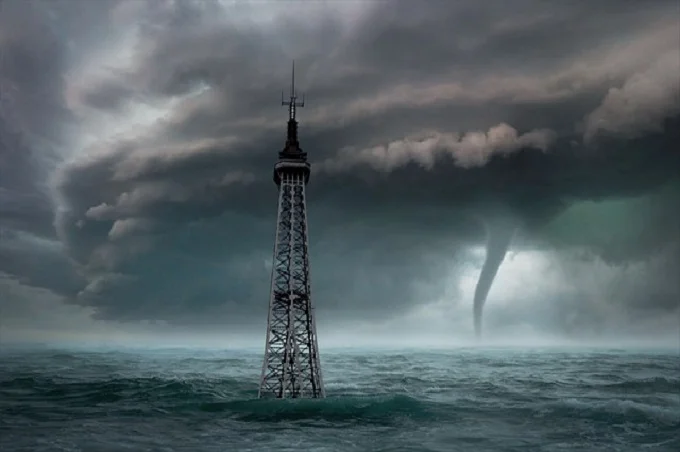11 weather phenomena we are already feeling harder due to climate change
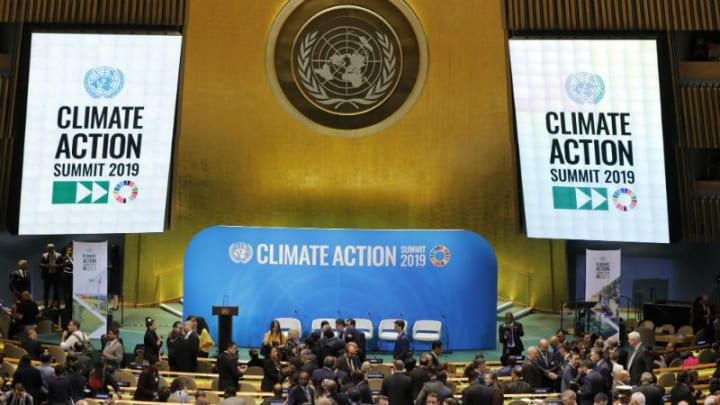
People are shocked by the brutality of recent weather disasters. We are also beginning to realize that climate change is not something that lies in the distant future. For the first time, it is hitting close to home in such a spectacular way, and catastrophes around the world are increasing in frequency. At least eleven weather phenomena that humans influenced can now be felt. Which ones?
People have pumped into the atmosphere so much carbon dioxide and other planet-warming greenhouse gases that what is “normal” is no longer normal. We’re already noticing that – but it’s going to get worse.
Summer isn’t even over, and we’ve already seen heat waves in the Pacific Northwest and Canada with temperatures that would be hot even for Death Valley, heatwaves over 50 degrees Fahrenheit in the Middle East, massive fires in the US, Siberia and the Mediterranean, and deadly floods of biblical proportions near us, in Germany, China and India.
Human activities have pumped into the atmosphere more carbon dioxide and other planet-warming greenhouse gases exceedingly. For example, a new study shows how record-shattering, prolonged heat waves — which break records by a wide margin — are becoming increasingly likely. The rate of global warming is linked to the increasing likelihood of this extreme heat.
There is a basic hierarchy of the extreme events that scientific research has shown most affected by human-induced climate change.
Effects of climate change that resulted to extreme weather events
1. Already more heatwaves
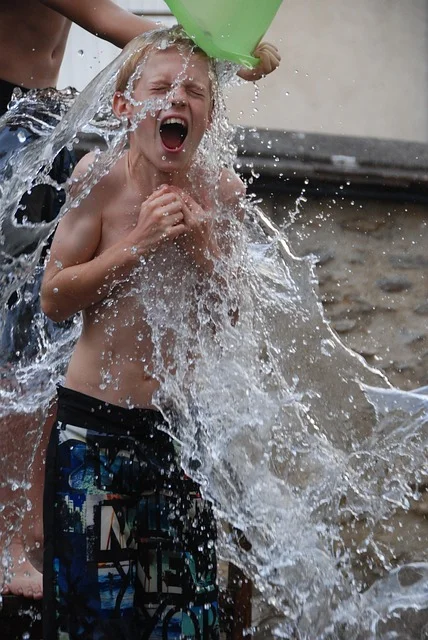
Studies show that these will undoubtedly increase dramatically with global warming, and indeed this is exactly what we are already observing.
2. More flooding in coastal areas
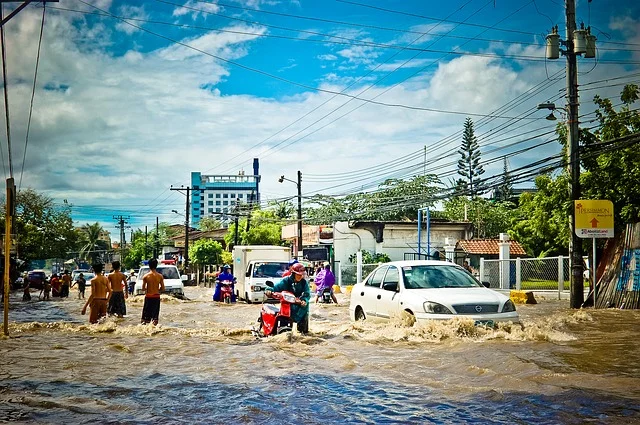
Heat causes ocean water to expand, rising sea levels. Ice caps worldwide are melting, and as a result, freshwater ends up in the sea. Both spring tide floods and catastrophic storm surges have become much more frequent as these events start from a higher average level due to sea-level rise.
3. More droughts
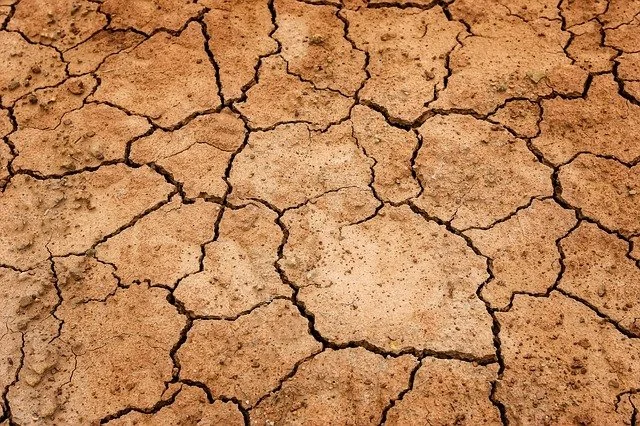
Warmer air evaporates more water from reservoirs, crops and forests, so droughts will increase due to greater water demand, and we know that climate change is changing precipitation patterns worldwide. However, changes in rainfall vary and are difficult to predict. But in general, wet areas are getting wetter and dry regions are getting drier.
4. More wildfires
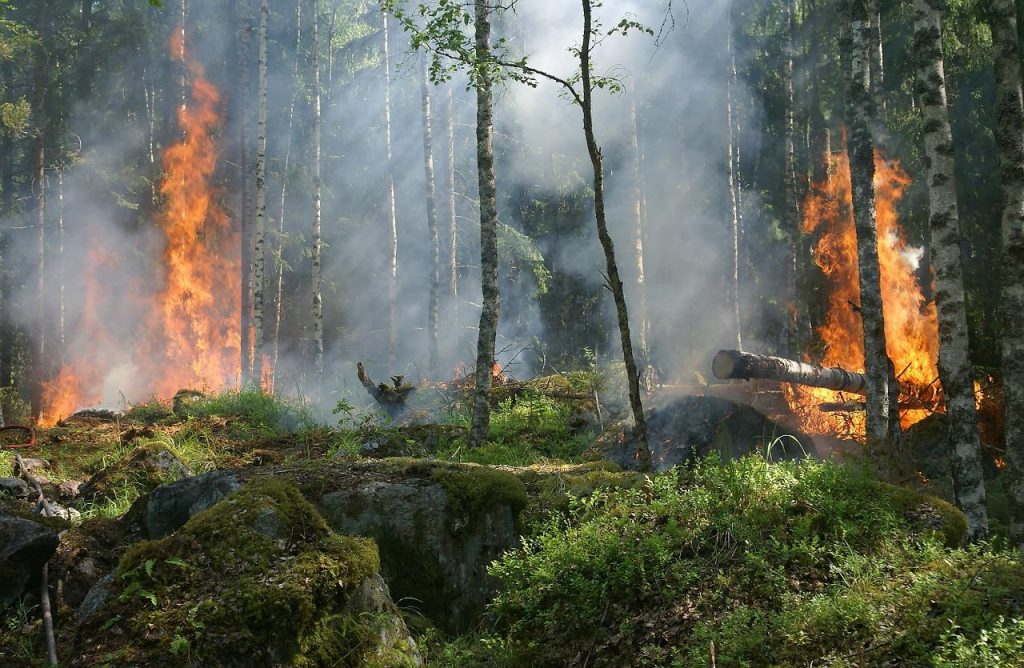
Heat dries out soil and vegetation, providing drier fuel-ready to burn. Forests lose more water during hotter summers and fire seasons become longer. In recent years, there are many examples of this. Just think of the killer fires in Portugal and Greece, Australia, the US and Canada, Siberia and even Scandinavia.
5. Less snow (at the right time)
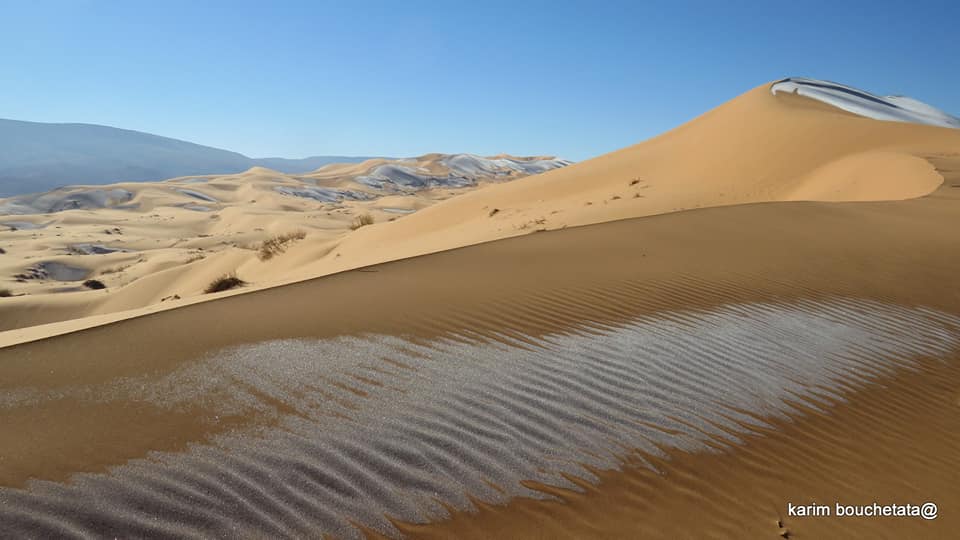
Snow begins to fall later and later in the fall (and accumulates in those parts of the world where it stays) as temperatures rise. There isn’t really less snow in the winter, but those winters are warmer, so more water is also lost from the snow layer, and the snow also melts earlier in the spring. This is unfortunate for winter sports enthusiasts but disastrous for agriculture in areas that depend on water from the mountains.
6. Hefty rainfall

Warmer air can transport more water vapor. Fierce rainstorms are due to strong upward currents that cool the air and condense the vapor as rain. The excess water there is in the air during a strong upward flow, the more rain can fall.
In addition, at the poles, the temperature increases at two to three times the rate at the equator. This weakens the jet stream over part of Europe. In the summer and autumn, the weakening of the jet stream has a domino effect, causing slower-moving rain storms.
These thus linger longer over the same area and discharge more water there. So there is a double blow of increasing intensity, but the rainstorms also last longer locally.
7. More powerful hurricanes and tropical storms
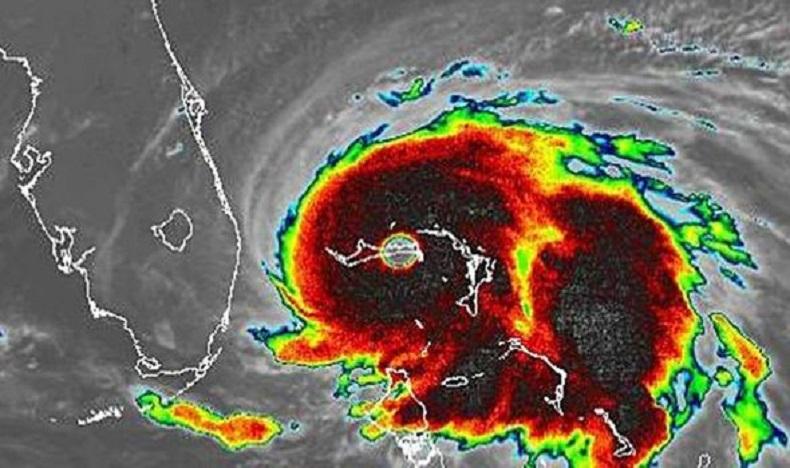
Effects of climate change are also a result of tropical storms and hurricanes that derive their energy from evaporation that comes from the warm sea surface. As the oceans warm, hurricanes can form in ever-larger regions, and the warmer seas also provide the storms with more energy.
So they become more intense. We are observing and also experiencing an increase in the number of hurricanes reaching major hurricane status, category 3 and above. This can be seen unequivocally in the satellite data. Scientists even foresee storms with wind speeds of 400 kilometers per hour in the future. A Category 5 storm, currently the most powerful classification, is 250 kilometers per hour and above.
Other research suggests that hurricanes weaken more slowly after they make landfall and linger longer, increasing their destructive capacity. Because of the greater amount of water vapor in the atmosphere and the slowing of storms, there is a 41 percent increase in local rainfall for storms moving over land. In addition, the storms are shifting: away from the tropics and further north.
8. Extremely cold weather (in the wrong place)

It seems paradoxical, but warming in the Arctic does cause sporadic extreme cold weather in North America and elsewhere due to a meandering jet stream – the phenomenon is called a “polar vortex”.
9. More hail and larger bulbs

Warming increases hailstorms, and it also causes hailstones to become larger. Observations and modeling lead to the general expectation that the frequency of hailstorms will still increase in Europe but decrease in East Asia and North America, while the severity of hail will increase in most regions.
10. More Powerful Tornadoes

We know that there are more tornadoes and that they are getting more intense. They are also increasingly common in places where they have never been seen until recently. A recent study shows a direct link between warming and the number of powerful tornadoes: a combination of increased heat and humidity, convective available potential energy (CAPE) and an increase in wind shear.
Simply put, when heat, humidity, and erratic winds converge at the highest levels, you get stronger tornadoes. The conditions that cause tornadoes would be facilitated by an altered jet stream. Due to the rapid Arctic warming, the temperature difference between the north and the south has narrowed. That reduces pressure differences between the Arctic and mid-latitudes and attenuates jet stream winds.
11. More lightning
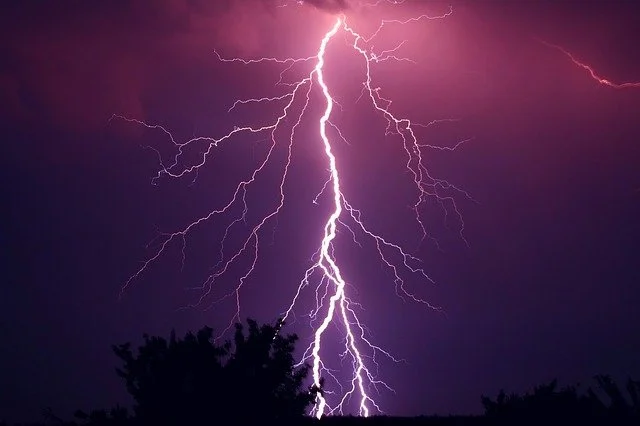
It’s also lightning more: already, for example, there are 12 percent more lightning strikes worldwide than there were 100 years ago, they’ve calculated at Nasa. We are now at more than a hundred lightning strikes per second on our planet or more than 8 million per day.


